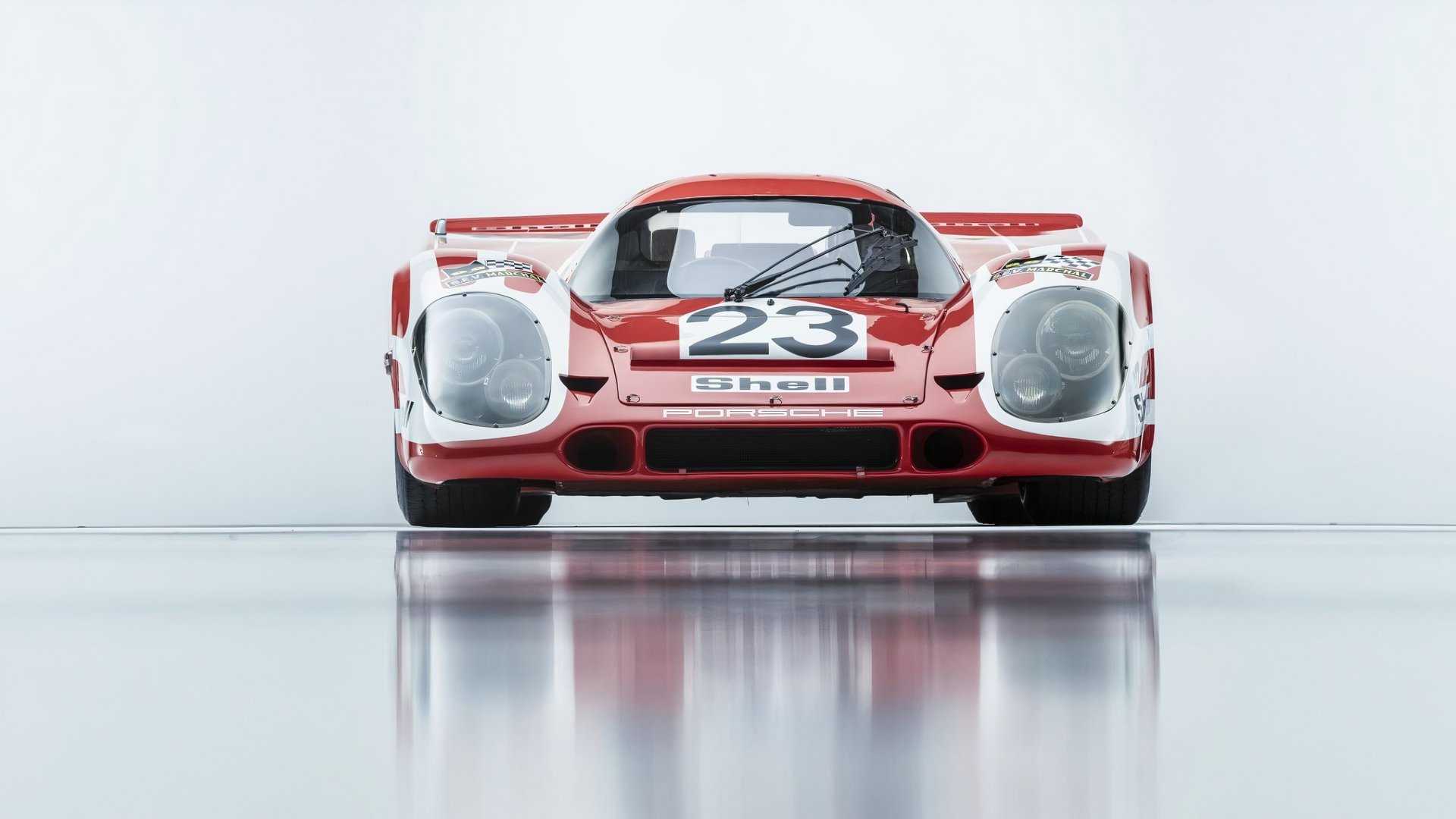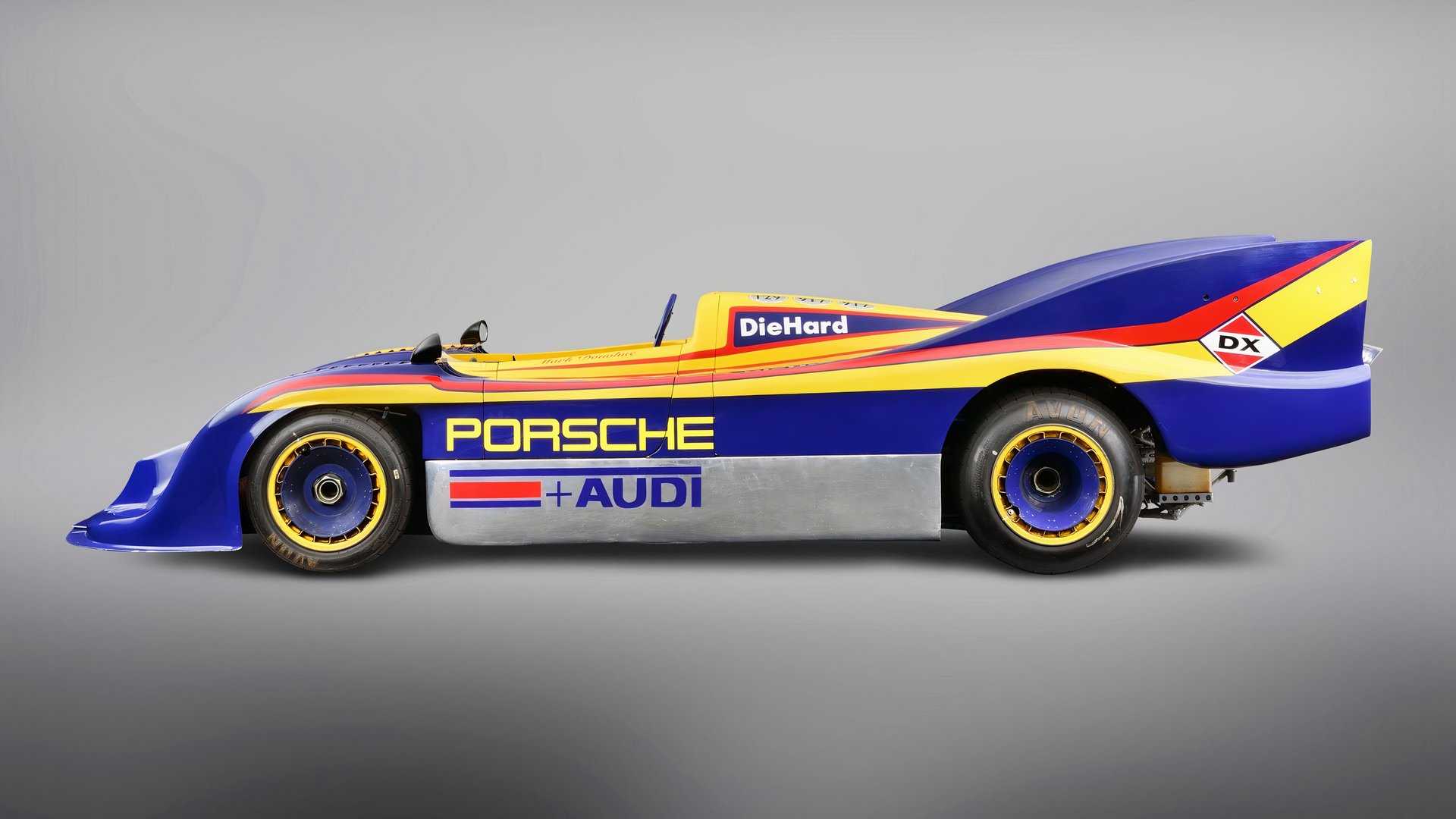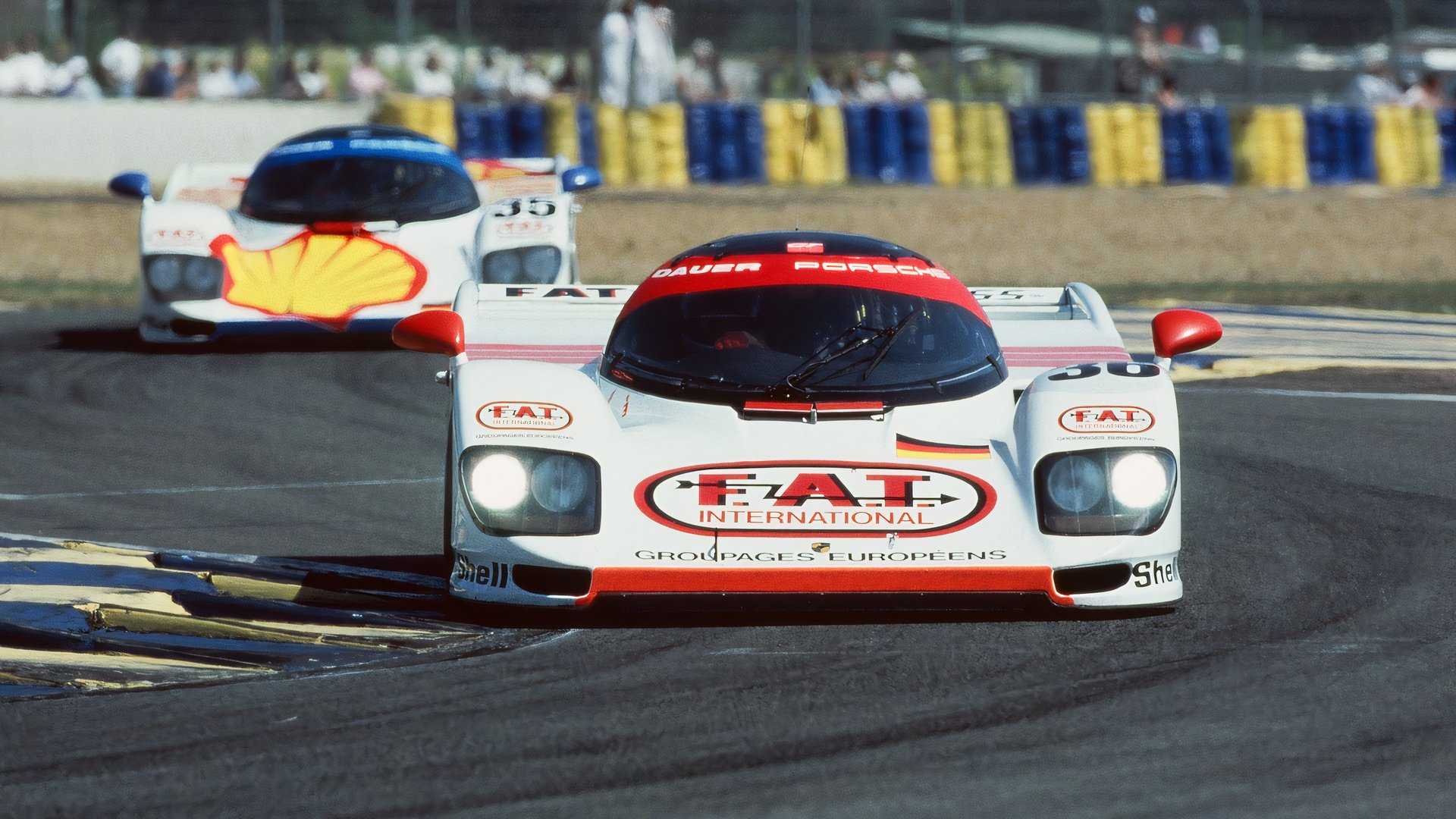In 1968, Porsche 's motorsport efforts were derailed by new regulations that deemed the engines of its 908 race car too small. So, the company went back to the drawing board. In a matter of months, the Stuttgart firm cobbled together a new race car that would go on to dominate circuits around the world for years – this time only to be stopped when its own engine was banned. Few race cars are as iconic – and pretty much none as successful – as this Porsche model.
Herein lies the tale of how Porsche overcame challenges to develop the vehicle that secured their long-sought-after maiden victory at Le Mans, sparking a series of successes that propelled them to be the most victorious marque in the event’s history. Boasting an impressive tally of 19 triumphs across six iconic racecars, Porsche boasts the distinction of being crowned as the leading competitor with the highest number of wins at Le Mans. The famous 24 Hours of Le Mans endurance race However, this company is well-versed in exploiting loopholes and adapting to rule modifications. At minimum, three of its vehicles encountered revised regulations because of their overwhelming success during races. Continue reading to discover which ones were subjected to dual prohibitions and which one received an additional restriction.
solusikaki.comed official data from Porsche for this article.
The Porsche 917 was banned from racing due to its excessive speed.

1970 Porsche 917 K Technical Details
Source: Porsche
In 1953, Porsche entered competitive racing with the nimble 550 Spyder, which went head-to-head against bigger, stronger vehicles from brands like Ferrari, Jaguar, Maserati, and Aston-Martin, only five years after the commencement of limited-production for the 356 model. The late 1990s race car Went on to achieve significant success across various racing circuits globally, yet in 1968, the FIA—the overseeing entity of auto racing—raised the bar by increasing the engine capacity restriction for vehicles competing in the World Sportscar Championship from three to five liters for production-based cars. As a result, the 908, equipped with its 3-liter flat-eight motor, found itself overshadowed and uncompetitive overnight. Consequently, instead of adapting the current model, Porsche opted to develop an entirely new racecar and fulfill the requirement by manufacturing at least 25 units of it.
Porsche Constructed a New Racing Car in Under a Year
In the spring of 1968, Porsche's engineering team got down to business. Within ten short months, from concept to completion, the iconic 917 racing car came into being. Chassis design was led by Helmuth Bott, while Hans Mezger spearheaded the development of the powerful engine. This rush culminated in a grand unveiling at the 1969 Geneva Motor Show. With its futuristic appearance, Porsche executives likely felt certain they possessed a dominant force on racetracks worldwide. However, reality did not align with expectations. Equipped initially with a massive 4.5-liter flat-12 engine generating around 580 horsepower, this vehicle proved challenging to handle. Issues persisted regarding steering control, particularly when traveling at higher speeds, which caused significant aerodynamic lifting. Consequently, success remained elusive; during those early stages, victories amounted only to a single triumph—the Zeltweg 1000 km held at Austria’s Österreichring circuit—a modest debut indeed for what was intended as a supreme competitor in motorsports.
After the handling issues were resolved, nothing could stop the 917.
These initial issues paved the way for the birth of the legendary 917 design. Since the prototype featured a lower tail section aimed at reducing lift, Porsche developed an aluminum wedge-shaped rear end, which gave rise to the 917’s instantly recognizable form. This automobile, Which is amusingly complex to get started with. It has been completely organized and proceeded to rule the tracks, securing nine victories out of ten races during the 1970 season. The most renowned triumph followed suit—a remarkable first win at Le Mans—wherein the Porsche Salzburg squad completed 343 laps amidst heavy rainfall at Circuit de la Sarthe. Nowadays, you can purchase a replica of the Porsche 917. – for $240,000.
Why the Porsche 917 was Prohibited from Racing, Not Once but Twice

Highlights of the Porsche 917/30
- A pair of turbochargers powers a horizontally-opposed 12-cylinder engine, generating 1,000 horsepower.
- Boasts a maximum velocity of 239 mph
- In the 1973 Can-Am series, Mark Donohue emerged victorious in six out of eight races and clinched the championship title.
In 1971, the Martini Racing Team arrived at Le Mans with an even more streamlined version of the 917. This updated model featured dual vertical fins on the rear, matching its impressive speed visually. It proved just as swift during races; this enhanced 917 achieved immediate triumphs, securing victory once more at Le Mans and solidifying itself as a dominant force in motorsports. Recognizing the prowess of the 917, the FIA likely took notice, leading them to impose restrictions shortly after. As the 1972 season concluded, the governing body outlawed the use of the nine-cylinder, five-liter engine within the World Sportscars Championship framework. However, undaunted by these setbacks, Porsche shifted focus towards overcoming fresh challenges—only to find themselves facing another exclusion order down the line.
Porsche Set for North American Expansion with the 917
In the early '70s, the Can-Am racing circuit in North America was highly lucrative, and Porsche saw substantial growth within their clientele here. To capitalize on this momentum, Porsche introduced the 917/30—a revamped version of the iconic 917 featuring an open cockpit design reminiscent of an enhanced go-kart. This vehicle boasted a powerful twin-turbocharged flat-12 engine whose impressive specs still turn heads even by modern standards.
The car, adorned with blue and yellow Sunoco colors, boasts an engine that produces 1,000 horsepower. even though it was believed to have around 1,600 horsepower during qualification —and can reach speeds up to 239 miles per hour. To put it simply, the 917/30 left all competitors behind; Mark Donohue secured victory in six out of eight races during the 1973 Can-Am series and claimed the championship title. This remarkable feat caught everyone’s attention, and when the 917 concluded its run on the track, its exceptional performance led to the introduction of new rules for subsequent Can-Am seasons.
Then There Was That Time When The 917's Follow-Up Model Got Prohibited

The early 1990s marked a fresh start at Le Mans. With the introduction of the GT1 class, the era of Group C prototypes was about to come to an end, featuring enhanced supercars like the Ferrari F40. The McLaren F1 is set to steal the spotlight. Before the new GT1 vehicles had a chance to assert their dominance, Porsche spotted an opening for its 962 racing car to secure the company’s 13th win at Le Mans.
Porsche Discovered a Method for Securing One Final Le Mans Victory with the 962
The car had been around since the mid-1980s, so it couldn’t compete with the modern Group C vehicles that were still participating. However, Porsche spotted an opportunity within the GT1 regulations, which required competitors to use cars derived from production models. Inspired by this rule, Porsche recognized that only a few businesses attempted to transform vintage 962 racecars into street legal versions. Among these individuals was Jochen Dauer. So Porsche assisted him in overcoming the stringent regulations for developing a street-legal version from a Le Mans-specific 962. , and then built another racecar from scratch once more.
This Apparent Lateral Thinking Seemingly Did Not Impression the Event Organizers Favorably
The tale tells us that although ACO members weren’t pleased, their regulations didn’t explicitly forbid this approach. Despite not being as quick as contemporary Group C vehicles, which had an 80-liter fuel limit, older models like the Dauer Porsche benefited from using larger 120-liter tanks typical for street-legal automobiles. As a result, during the 1994 Le Mans race, they managed to make up time through reduced pit stops and emerged victorious. However, yet another rule change swiftly followed suit to prevent similar tactics. Nonetheless, one must admire Porsche’s innovative strategy.
Sources: Porsche.com
